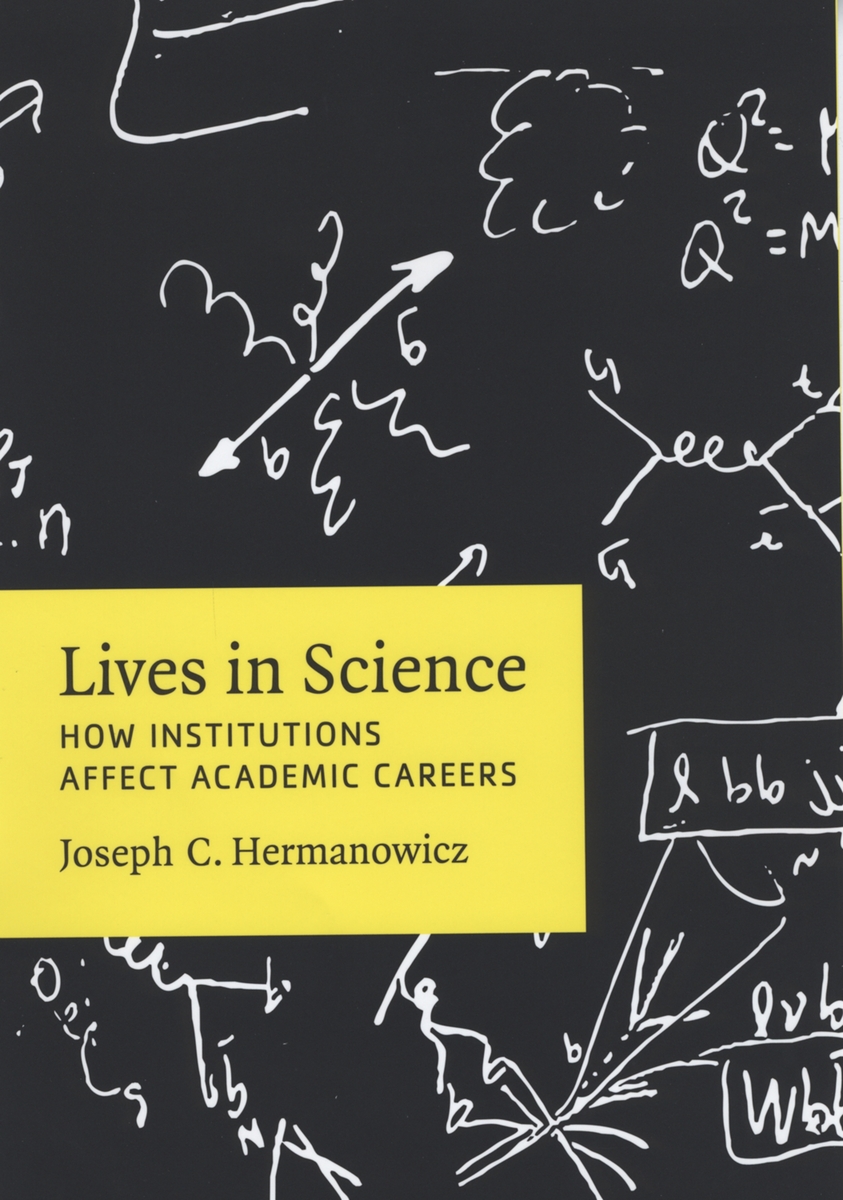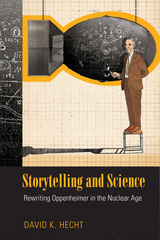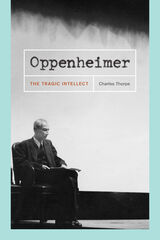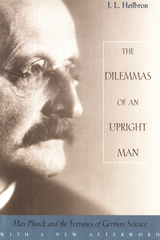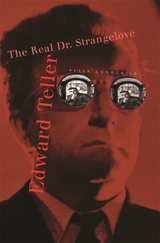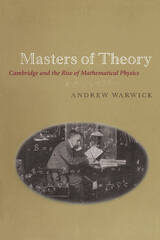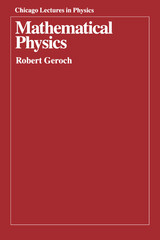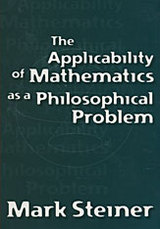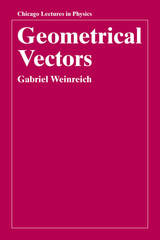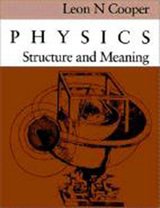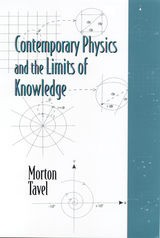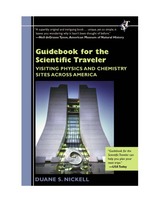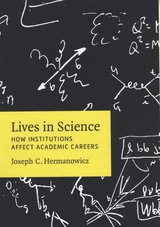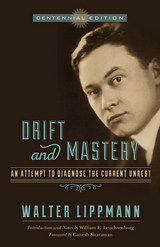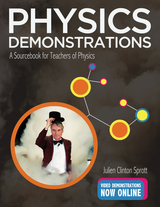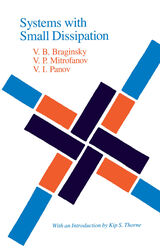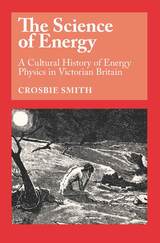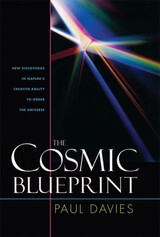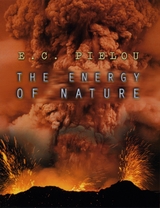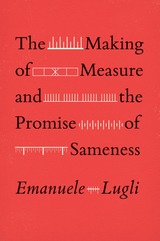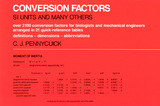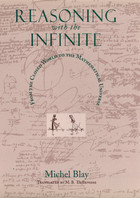Cloth: 978-0-226-32761-7 | eISBN: 978-0-226-32776-1 | Paper: 978-0-226-00564-5
Library of Congress Classification QC29.H47 2009
Dewey Decimal Classification 530.023
What can we learn when we follow people over the years and across the course of their professional lives? Joseph C. Hermanowicz asks this question specifically about scientists and answers it here by tracking fifty-five physicists through different stages of their careers at a variety of universities across the country. He explores these scientists’ shifting perceptions of their jobs to uncover the meanings they invest in their work, when and where they find satisfaction, how they succeed and fail, and how the rhythms of their work change as they age. His candid interviews with his subjects, meanwhile, shed light on the ways career goals are and are not met, on the frustrations of the academic profession, and on how one deals with the boredom and stagnation that can set in once one is established.
An in-depth study of American higher education professionals eloquently told through their own words, Hermanowicz’s keen analysis of how institutions shape careers will appeal to anyone interested in life in academia.
See other books on: Hermanowicz, Joseph C. | Lives | Physicists | Physics | Vocational guidance
See other titles from University of Chicago Press
